Archives
- 2025-12
- 2025-11
- 2025-10
- 2025-09
- 2025-03
- 2025-02
- 2025-01
- 2024-12
- 2024-11
- 2024-10
- 2024-09
- 2024-08
- 2024-07
- 2024-06
- 2024-05
- 2024-04
- 2024-03
- 2024-02
- 2024-01
- 2023-12
- 2023-11
- 2023-10
- 2023-09
- 2023-08
- 2023-07
- 2023-06
- 2023-05
- 2023-04
- 2023-03
- 2023-02
- 2023-01
- 2022-12
- 2022-11
- 2022-10
- 2022-09
- 2022-08
- 2022-07
- 2022-06
- 2022-05
- 2022-04
- 2022-03
- 2022-02
- 2022-01
- 2021-12
- 2021-11
- 2021-10
- 2021-09
- 2021-08
- 2021-07
- 2021-06
- 2021-05
- 2021-04
- 2021-03
- 2021-02
- 2021-01
- 2020-12
- 2020-11
- 2020-10
- 2020-09
- 2020-08
- 2020-07
- 2020-06
- 2020-05
- 2020-04
- 2020-03
- 2020-02
- 2020-01
- 2019-12
- 2019-11
- 2019-10
- 2019-09
- 2019-08
- 2019-07
- 2018-07
-
br Material and methods br Results br Discussion Asparagine
2023-07-27
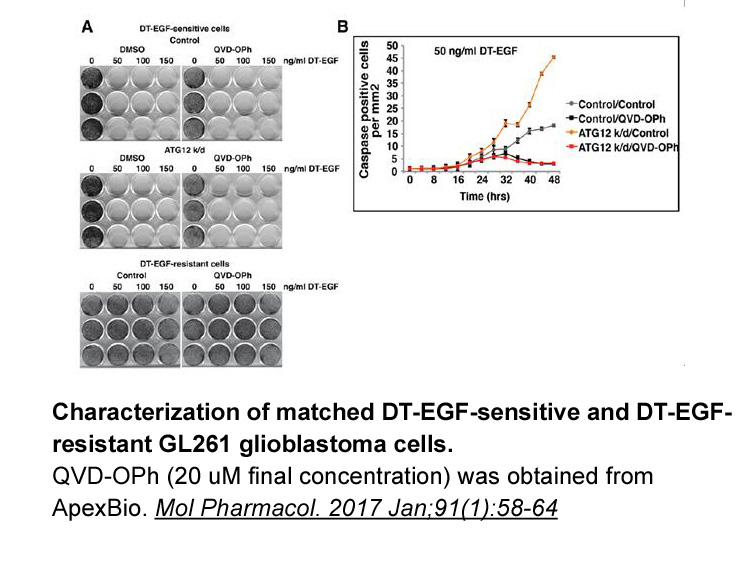
Material and methods Results Discussion Asparagine, arginine, leucine, methionine, and glutamine are the essential Betulinic Acid for cancer cells and intensively investigated for the development of selective targeted therapeutics. Among them, asparagine depleting bacterial enzyme asparagin
-
While increased arginase levels has been
2023-07-27
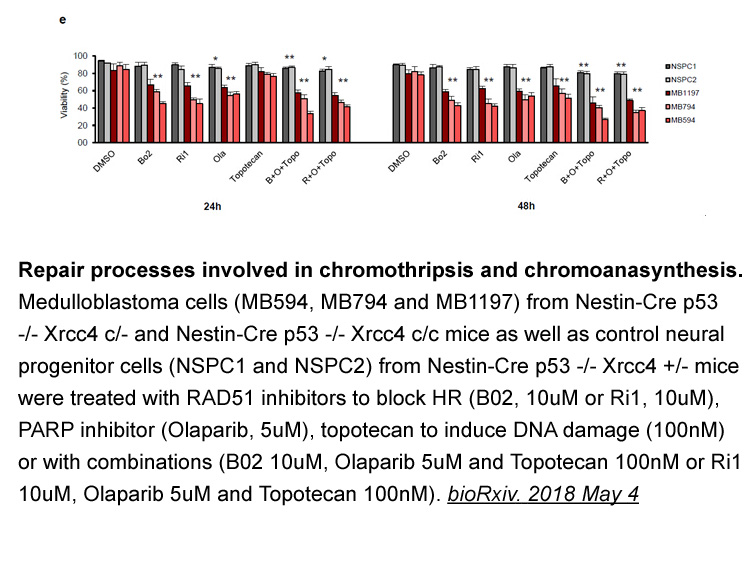
While increased arginase levels has been shown in animal models and in humans with cardiovascular dysfunction [16], [22], [23], it is unknown whether plasma levels or activity of Arginase may predict ED risk. In addition, recent evidence suggests that plasma l-arginine hydrolysis by arginases limits
-
APJ receptor expression is altered in various
2023-07-27

APJ receptor expression is altered in various cardiovascular diseases, and both increases as well as decreases in APJ receptor expression have been reported. A decrease in mRNA and protein levels of APJ receptors was observed in patients with ischemic heart disease or idiopathic dilated cardiomyopat
-
Introduction It has long been recognized that
2023-07-27

Introduction It has long been recognized that angiogenesis is critical to the growth, progression, and metastasis of many solid tumor types [1], and thus, drugs targeting the angiogenic pathway have been a topic of clinical investigation in the oncology community for many years. Angiogenesis is reg
-
Kidney contributes importantly to the long term blood
2023-07-27

Kidney contributes importantly to the long-term blood pressure control via regulating sodium homeostasis. Renal proximal tubule (RPT) is one of the most critical segments for sodium reabsorption within kidney and therefore involved in blood pressure adjustment. This process is regulated by numerous
-
br Acknowledgments and Disclosures br Alzheimer
2023-07-27

Acknowledgments and Disclosures Alzheimer's disease as a synaptic pathology Alzheimer's disease (AD) is a chronic neurodegenerative MHY1485 disorder and the most common cause of dementia in the elderly. Progressive depositions of amyloid plaques and neurofibrillary tangles together with degen
-
Negative regulation of AR expression by NF B was
2023-07-27

Negative regulation of AR expression by NFκB was also correlated with the ‘age-dependent desensitisation’ of androgen action in the rat liver (Supakar et al., 1995). In this case the binding site was mapped upstream of the gene to sequences −555 to −565 bp, that binds heterodimers of p65 and p50, as
-
LOXs and CYPs are a
2023-07-27
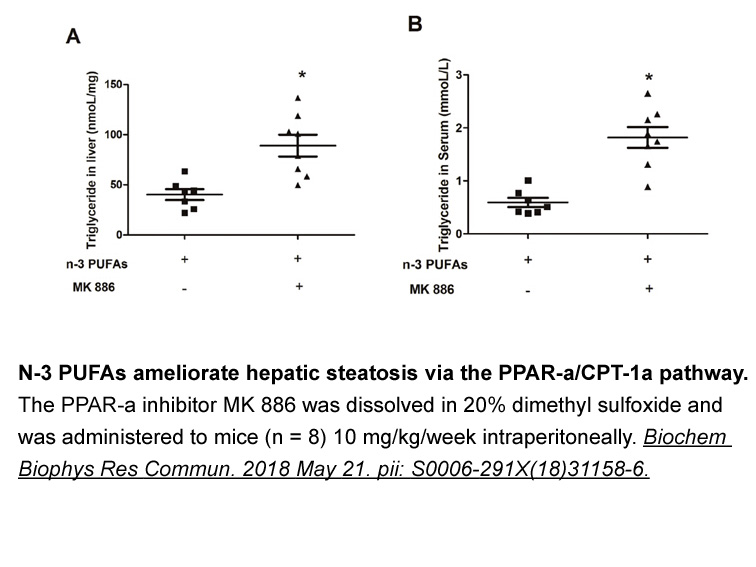
LOXs and CYPs are a series of iron-containing enzymes that metabolize arachidonic Omecamtiv mecarbil to form biologically active products, such as epoxyeicosatrienoic acids (EETs) hydroperoxyeicosatetraenoic acids (HETEs), prostaglandins, leukotrienes and thromboxanes [6]. Among these mediators, 12
-
br Disclosures br Author contributions br Grants
2023-07-27
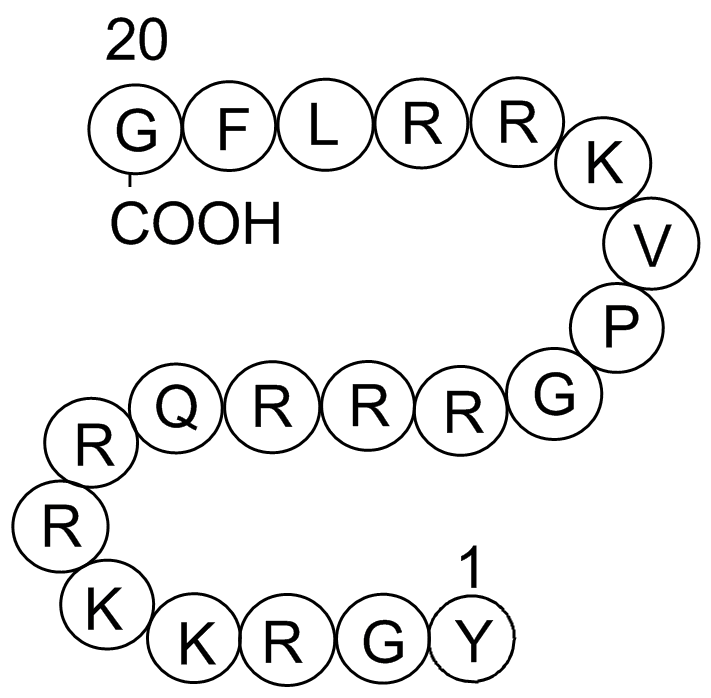
Disclosures Author contributions Grants This work was supported by National Institutes of Health/National Heart, Lung, and Blood Institute MERIT Award R37 HL040696 to J.A.F. Acknowledgments Introduction The AGC kinases, named after the protein A, G and C kinases, are an evolutionaril
-
We also demonstrate that PACAP treatment
2023-07-27
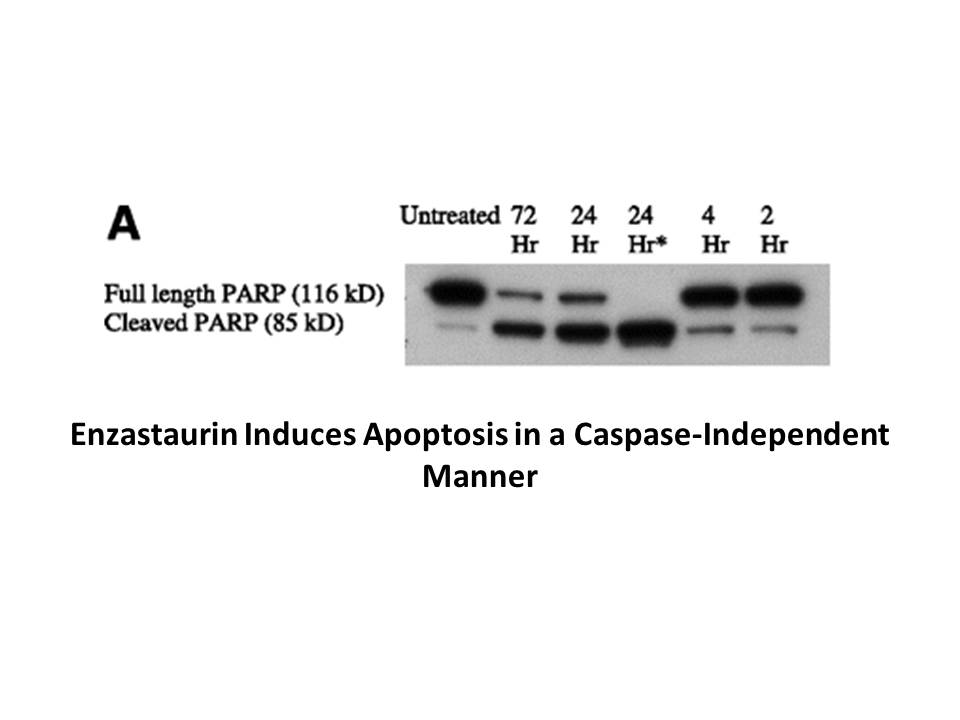
We also demonstrate that PACAP treatment dose-dependently disrupts performance in the 5CSRTT, suggestive of attentional deficits, another core feature of mood and anxiety disorders. Treatment with PACAP (.5–1.0 µg) decreased the percentage of correct responses, increased the percentage of trials in
-
In order to get a better understanding of this synergy
2023-07-27
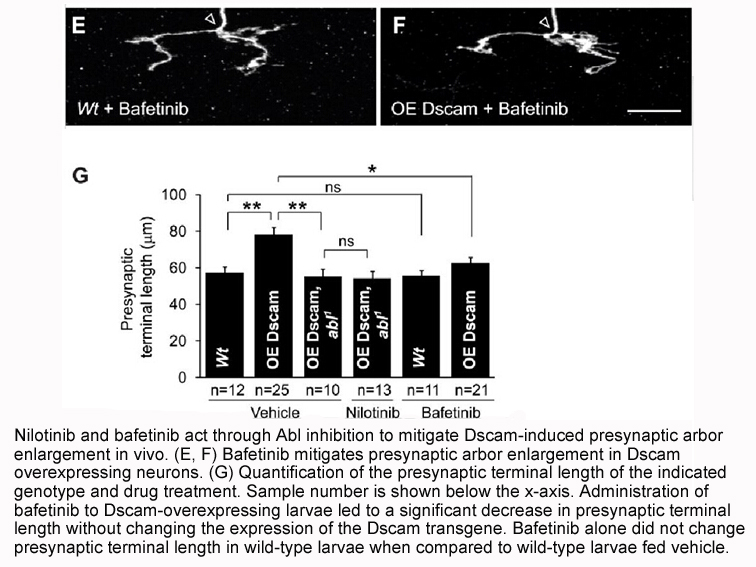
In order to get a better understanding of this synergy, we tested the effect of preliminary incubation of blz with non-stimulating concentrations of gonadotropins or FSK before subsequent stimulation by FSK or gonadotropins alone, also at sub-stimulating concentrations. We observed that human LH (hL
-
Glucose permeability studies demonstrated a high glucose flu
2023-07-27
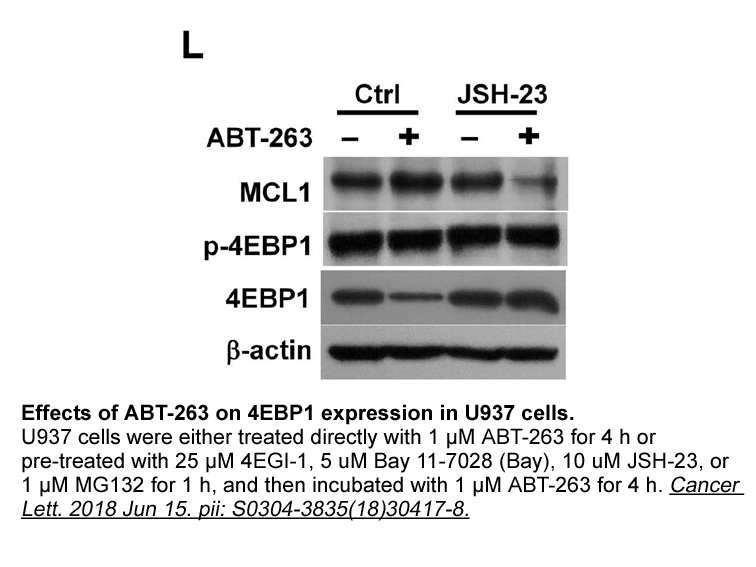
Glucose permeability studies demonstrated a high glucose flux through the SF films used in the present work. Recent diffusion studies, including small molecular drugs and oxygen permeation through SF membranes [32], further support the quality of SF and its possible application as a material for bio
-
AdK as an important upstream regulator
2023-07-27

AdK as an important upstream regulator of adenosine-based homeostasis represents a promising drug target since it leads to an increase in adenosine concentrations. Taking into account that the adenosine formation is only increased in affected tissues under stress with high adenosine levels, AdK inhi
-
That disassembling actin filaments transport chromosomes tow
2023-07-27
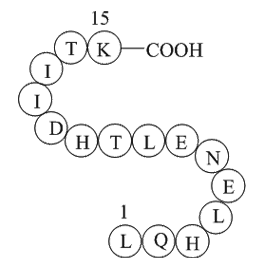
That disassembling BAPTA-AM filaments transport chromosomes towards the spindle in oocytes may be surprising at first sight. On the other hand, it is well established that chromosome movement during anaphase is driven by the depolymerization of microtubules [20]. It will be interesting to investigat
-
In an attempt to complete the overview of
2023-07-27

In an attempt to complete the overview of resistance mechanisms in Spanish codling moth populations, the aims of the present work were to assess the actual occurrence of AChE and kdr mutations in codling moth field populations from different pome fruit-growing areas of Spain, concurrently with the f
15013 records 315/1001 page Previous Next First page 上5页 311312313314315 下5页 Last page